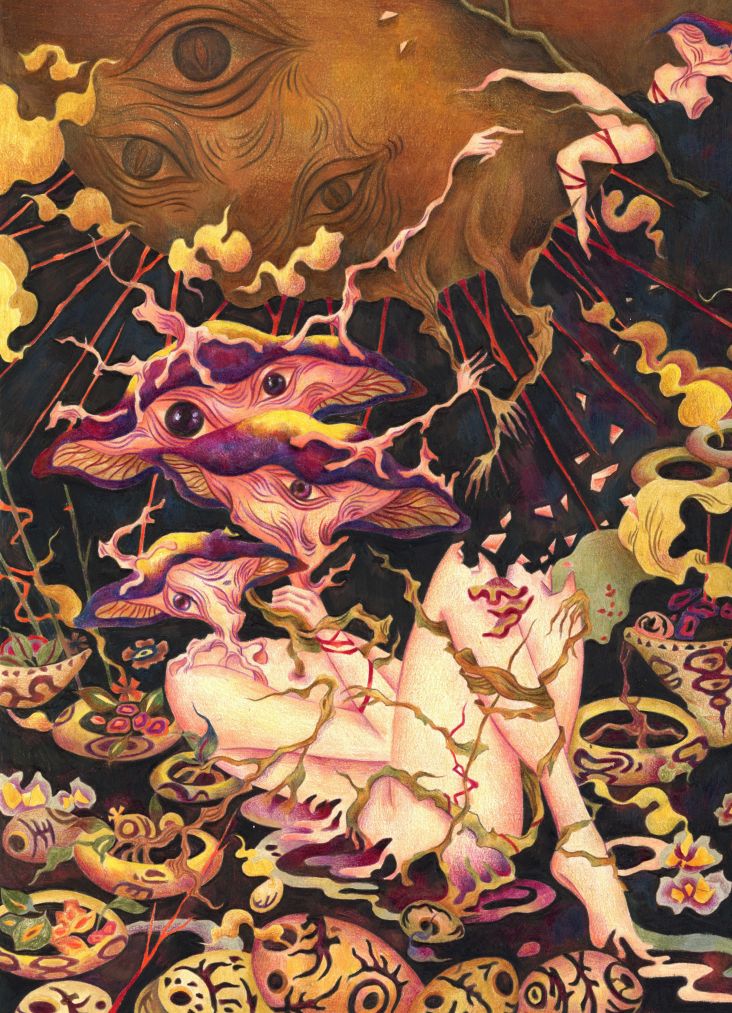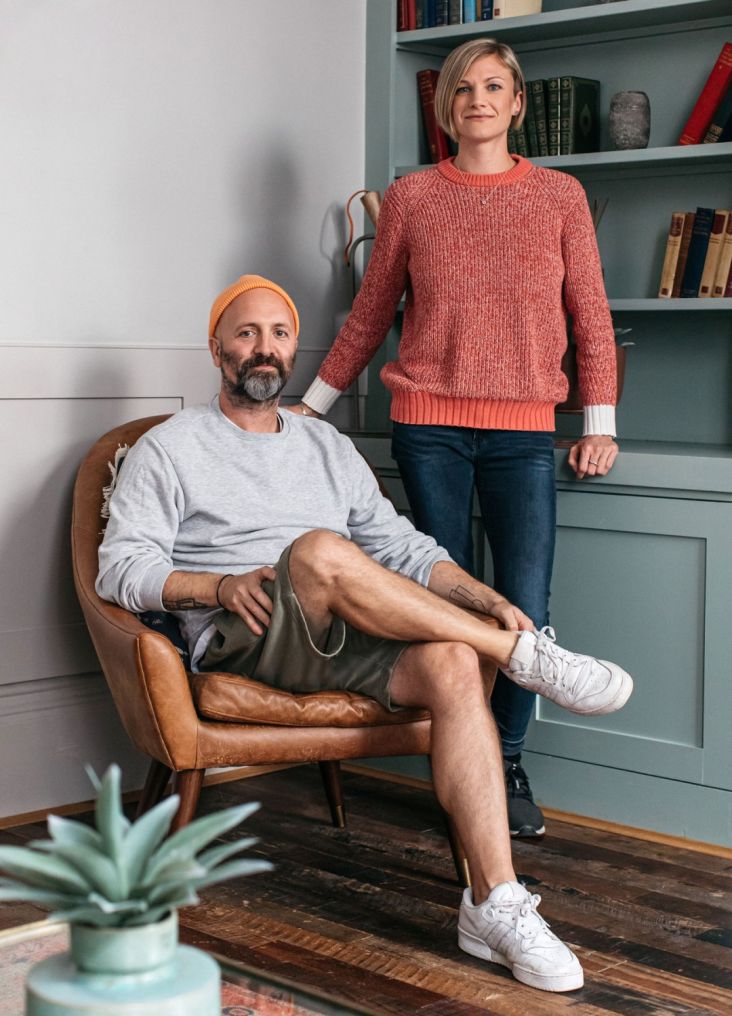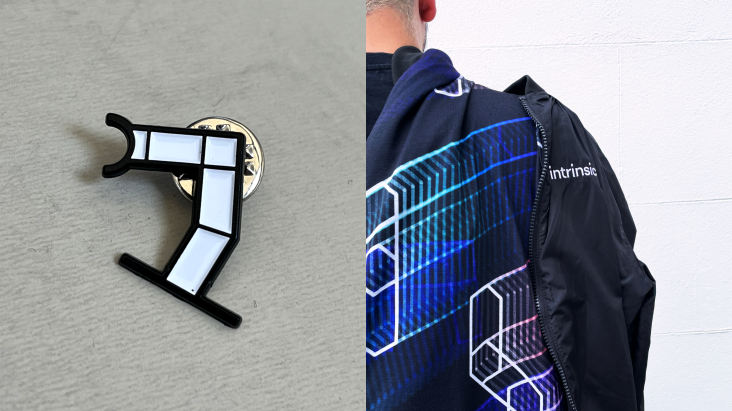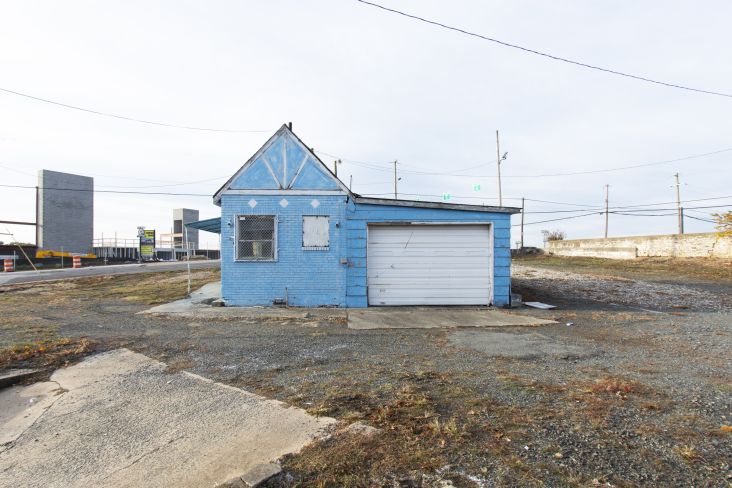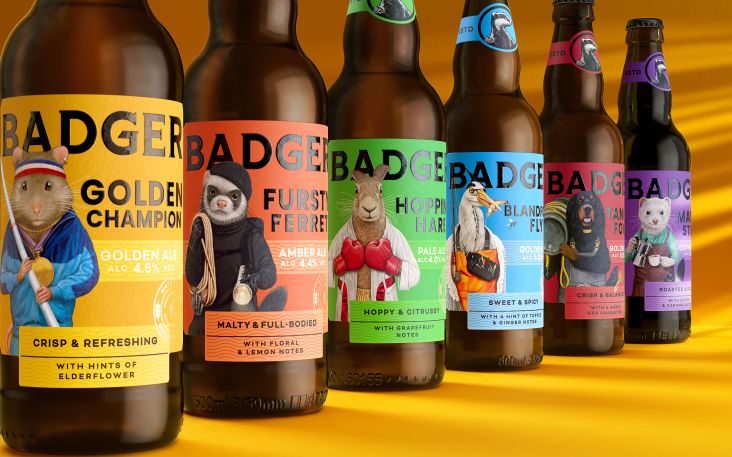Giving homelessness a voice: Marc Davenant on embedding humanity in his Outsiders project
There's nothing pretty about homelessness or living in substandard housing. Yet, British documentary photographer Marc Davenant has been capturing homelessness in modern Britain over a six-year period for his latest photo series, Outsiders.
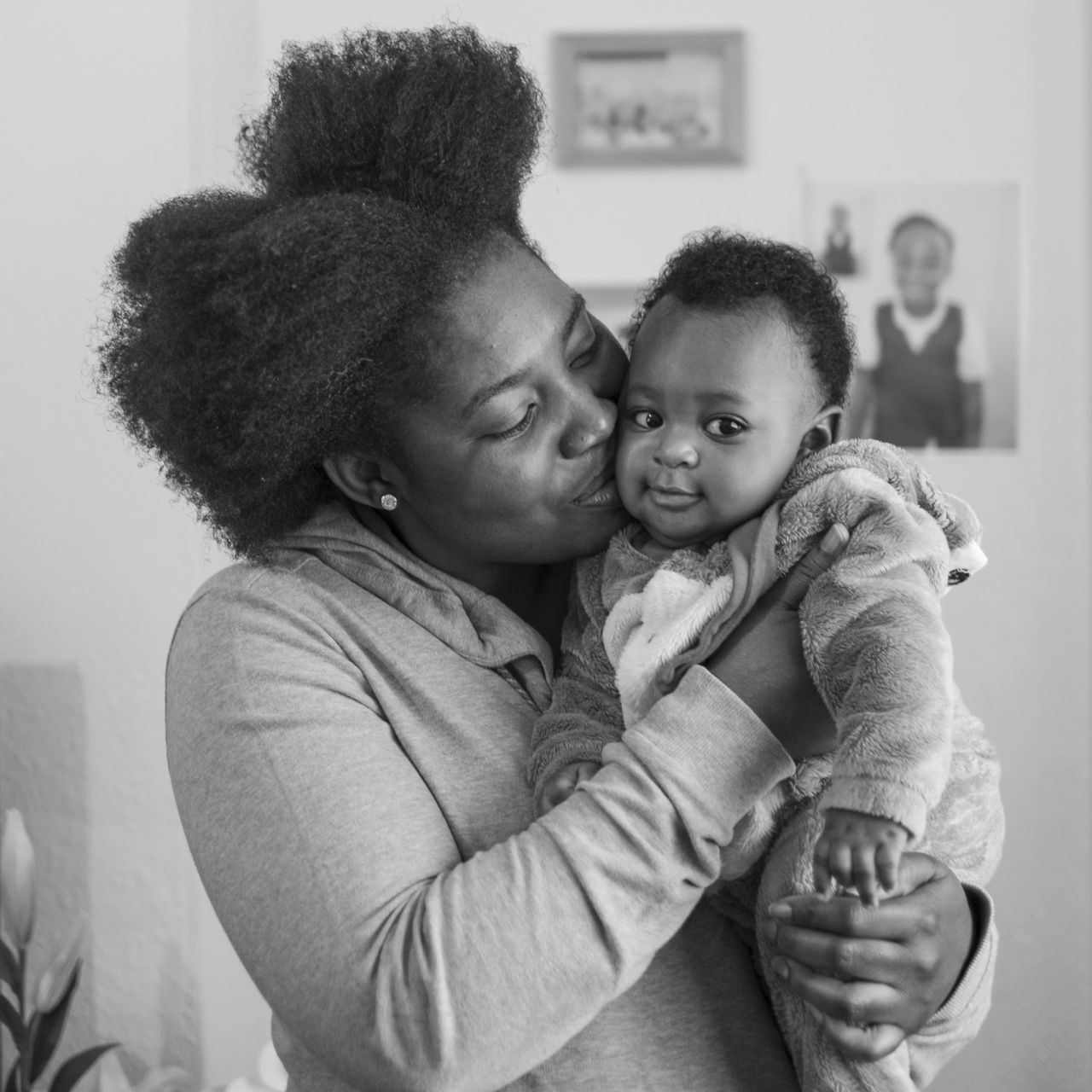
From the series, The Outsiders © Marc Davenant
Though the images are beautiful, shot in black and white, they are intentionally provocative, sometimes haunting, and shockingly revealing of how people in marginalised communities are treated and expected to live.
"I see photography as a journey of learning and adaptation, allowing the subjects to shape what I do rather than the other way around," says Marc Davenant.
He has used this project as a way to comment on the ongoing social inequality crisis in the UK, informing its direction from chats he's had with people in various compromised living situations. Restoring agency to them has been vital, which is why Davenant always asks if they're willing to have their picture taken after striking up a conversation. And if they're not, respectfully, keep the interaction to just talking.
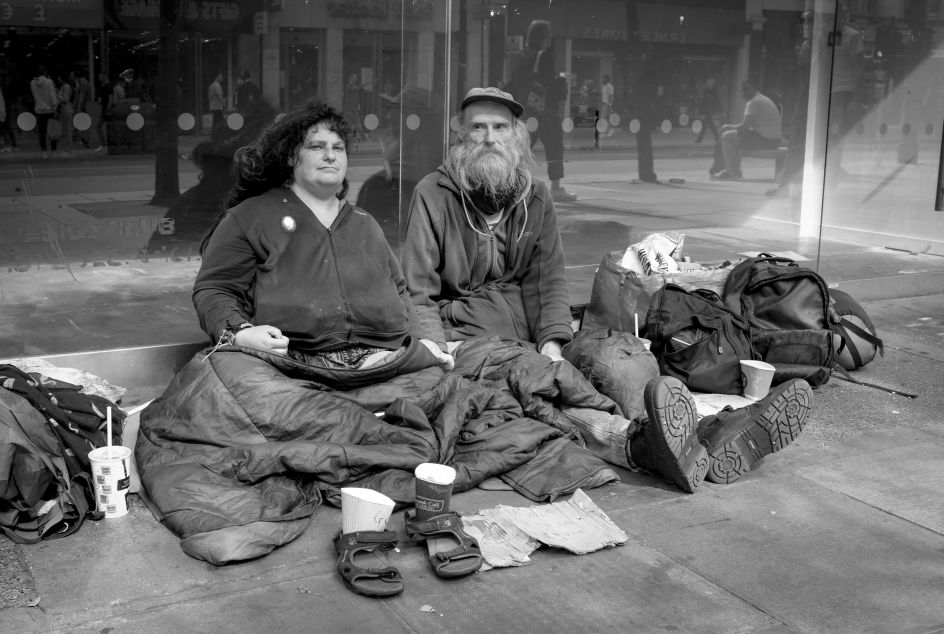
From the series, The Outsiders © Marc Davenant
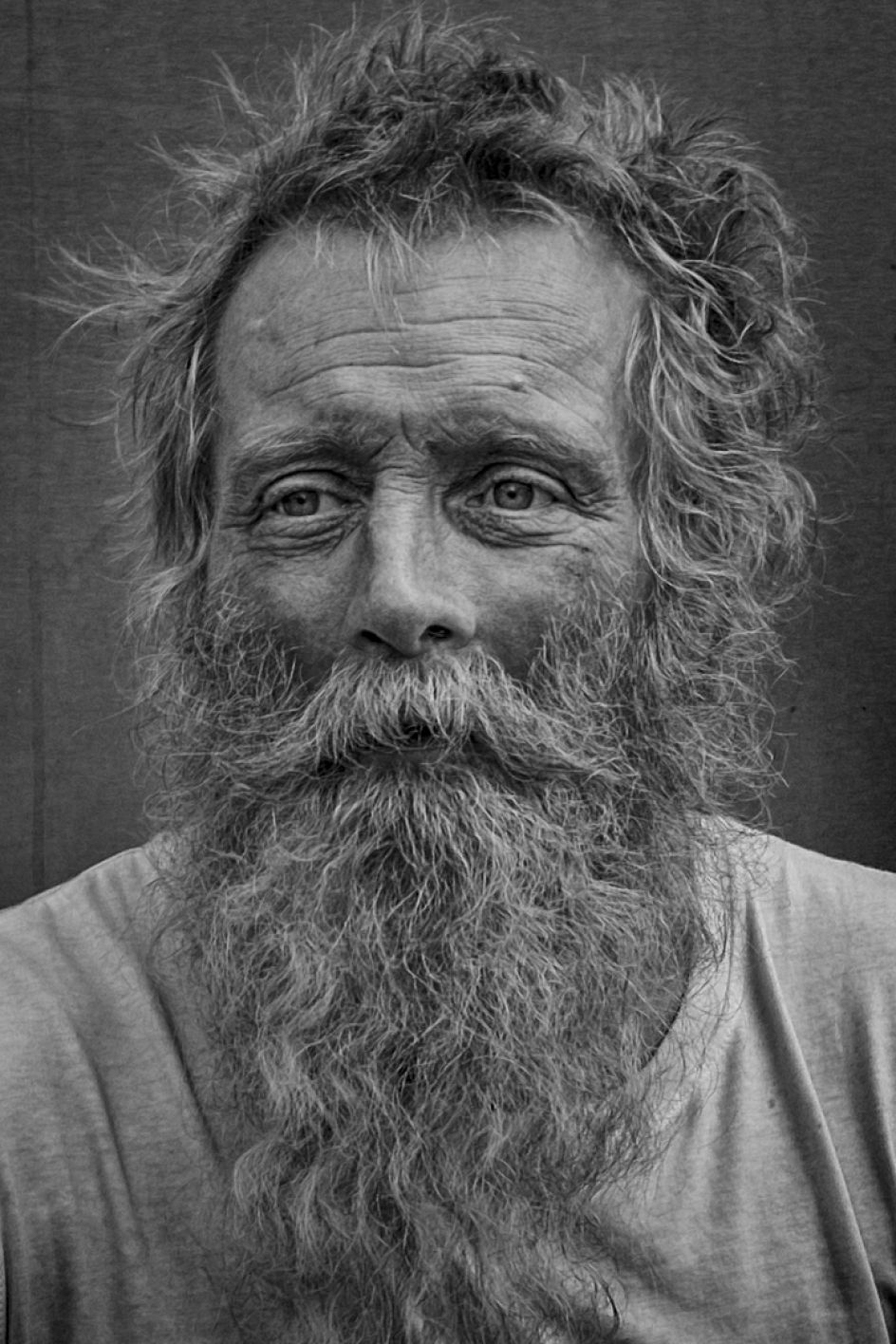
From the series, The Outsiders © Marc Davenant
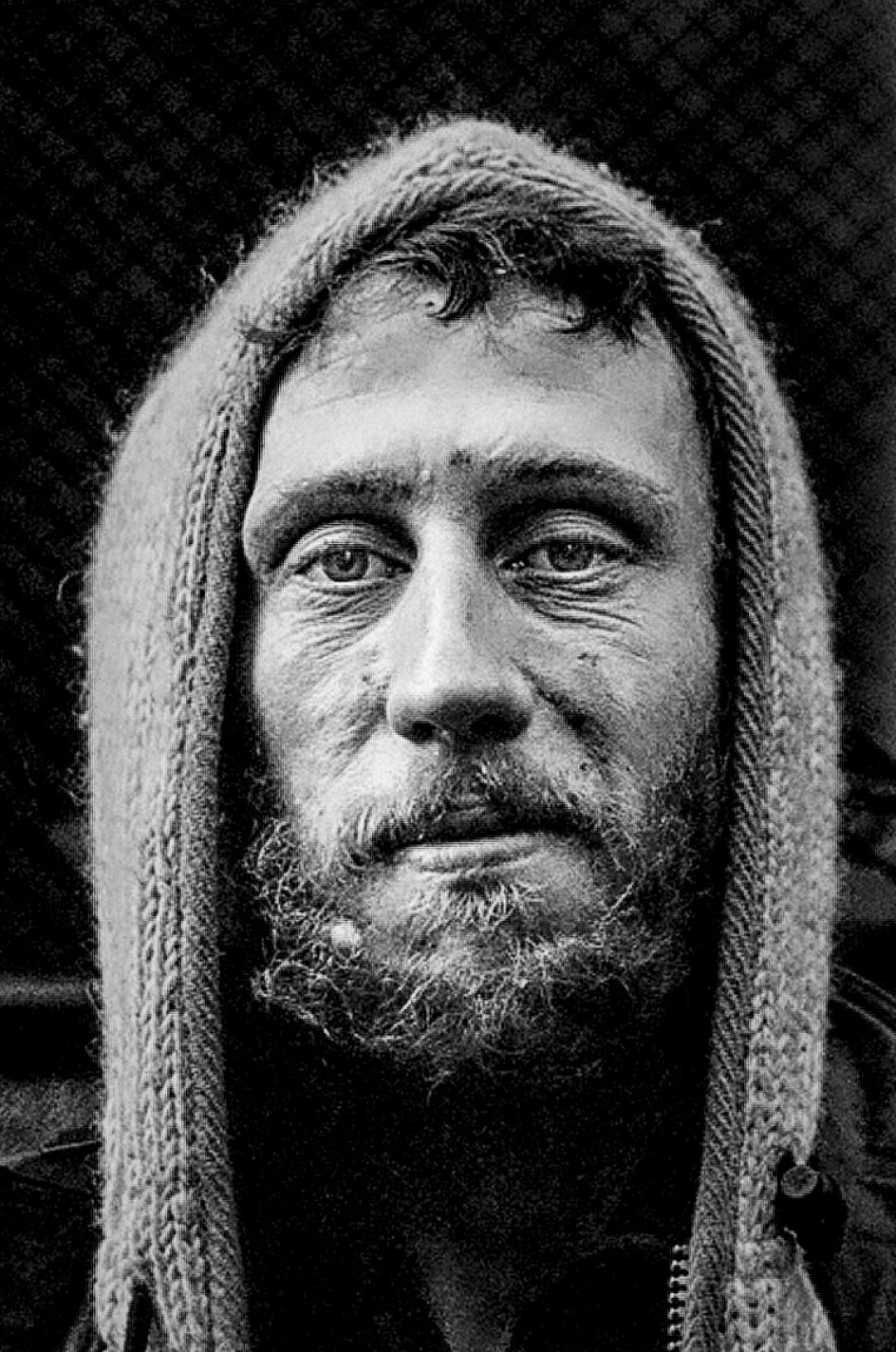
From the series, The Outsiders © Marc Davenant
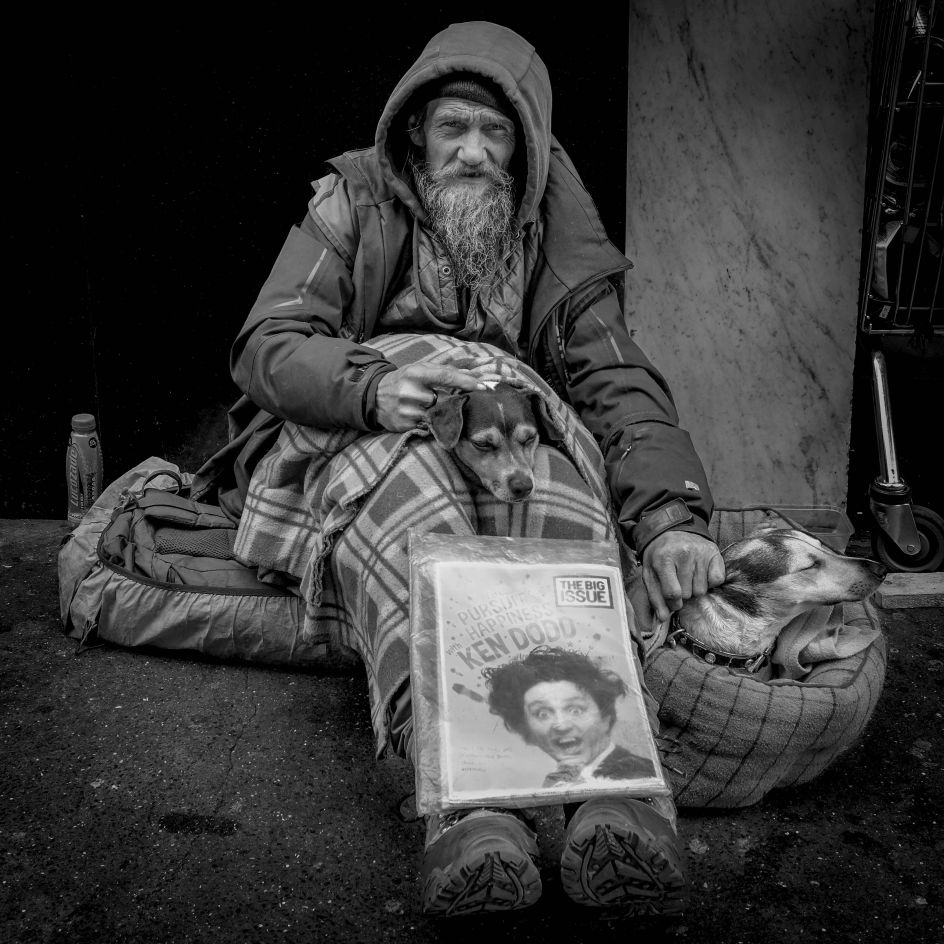
From the series, The Outsiders © Marc Davenant
The series was inspired by a man named Stephen, whom Davenant encountered while photographing people on the street one day. Davenant learnt that Stephen had become homeless after his child had died, and he turned to alcohol to help him cope with this loss. Hearing how inhumanely people had treated him during his time on the streets, Davenant was struck and moved by how Stephen's life had unexpectedly spiralled out of control.
"I listened to his story and then asked if I could take his portrait, and that became the first photograph from the Outsiders project," says Davenant. "Sadly, Stephen died shortly afterwards, aged only 39, after falling ill while sleeping rough. When I saw that photograph developed and printed, I decided to do a photo series on homelessness, capturing both their images and their personal testimony to highlight the hunger, discomfort, uncertainty, and danger of living like that from their perspective.
"I hoped to focus attention on how people are ignored and treated by society, who see them as less than human. The goal was to change public perception of those experiencing homelessness, amplify their voices and encourage members of the public to see them as individuals rather than objects to be avoided."
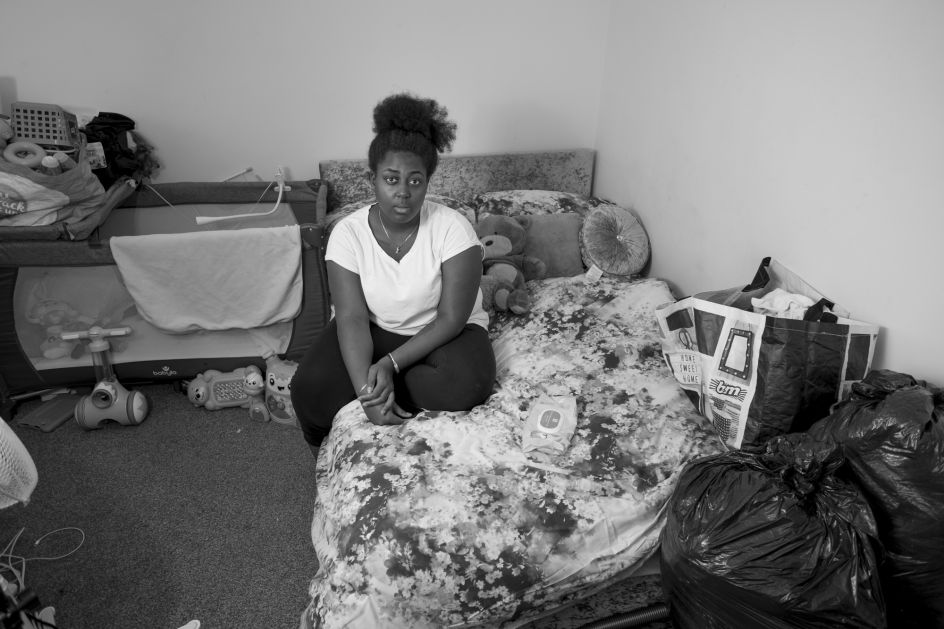
From the series, The Outsiders © Marc Davenant
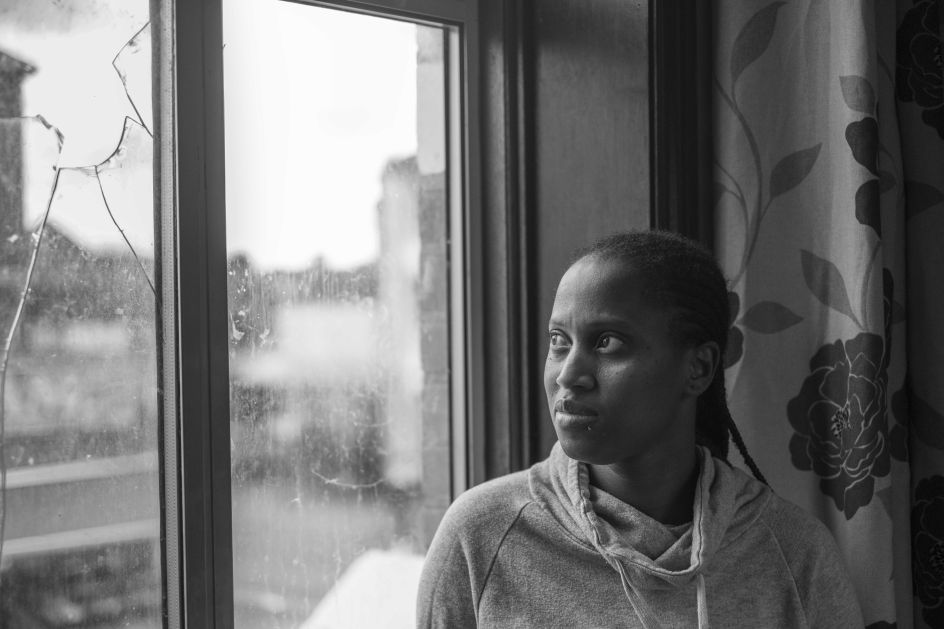
From the series, The Outsiders © Marc Davenant
Davenant decided to snap homelessness in all forms, capturing people sleeping rough, sofa surfing and living in slum housing. As the project evolved, he partnered with the charity Shelter to gain access to people across the UK, including London, Newcastle, Glasgow, York, Kent, Manchester, Norwich, and Brighton.
Having met with all sorts of people, Davenant learnt how varying their housing conditions could be: Loise was living homeless on London's streets with her baby and eating scraps out of bins; Joan had water pouring through her council flat for three months, and Sireena lived in a slum house in London where everything was covered with mould – even growing on Davenant's camera bag three days after he took her portrait.
"It is easy to think of homelessness in terms of a roof over someone's head and of the discomfort and uncertainty of a life like that, but a repetitive theme in the stories I was told is that it is the sense of loneliness and isolation which is the worst aspect of homelessness, being constantly ignored and not having anyone to care about you or to ask about your wellbeing," says Davenant. "Very often, the people you see who are street homeless value human interaction over money, and a conversation with someone genuinely interested in their welfare can make a real difference that day to an otherwise bleak life."
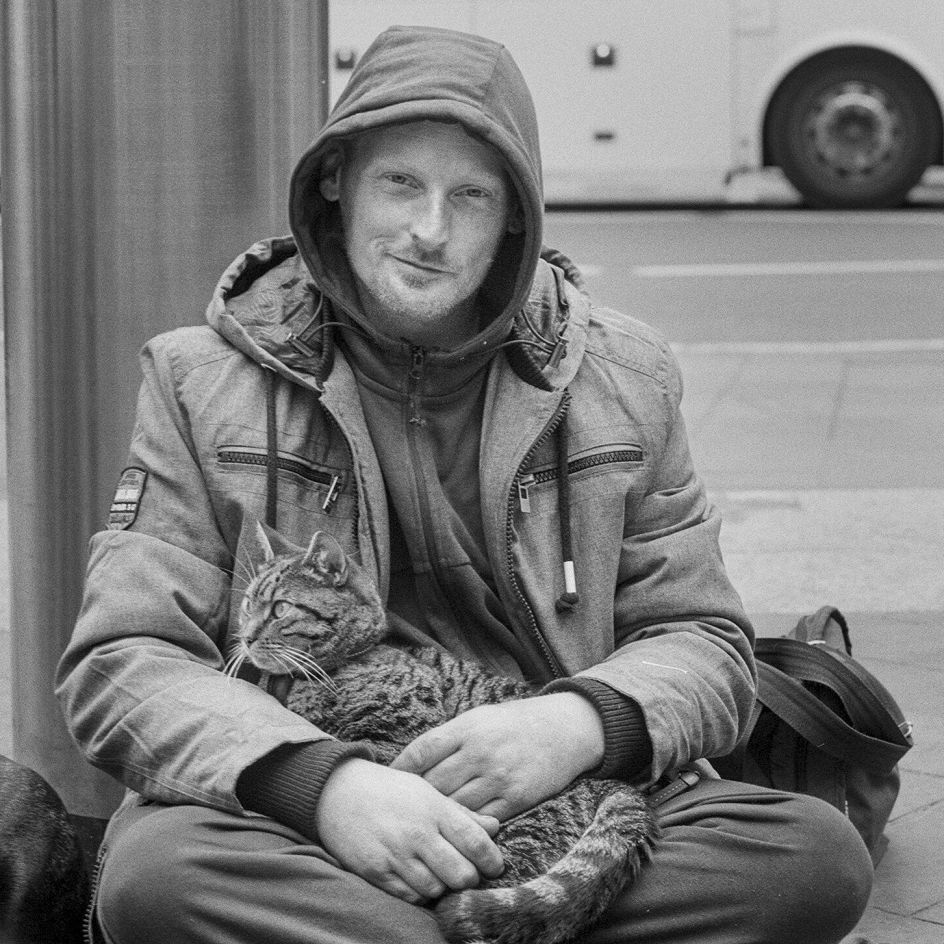
From the series, The Outsiders © Marc Davenant
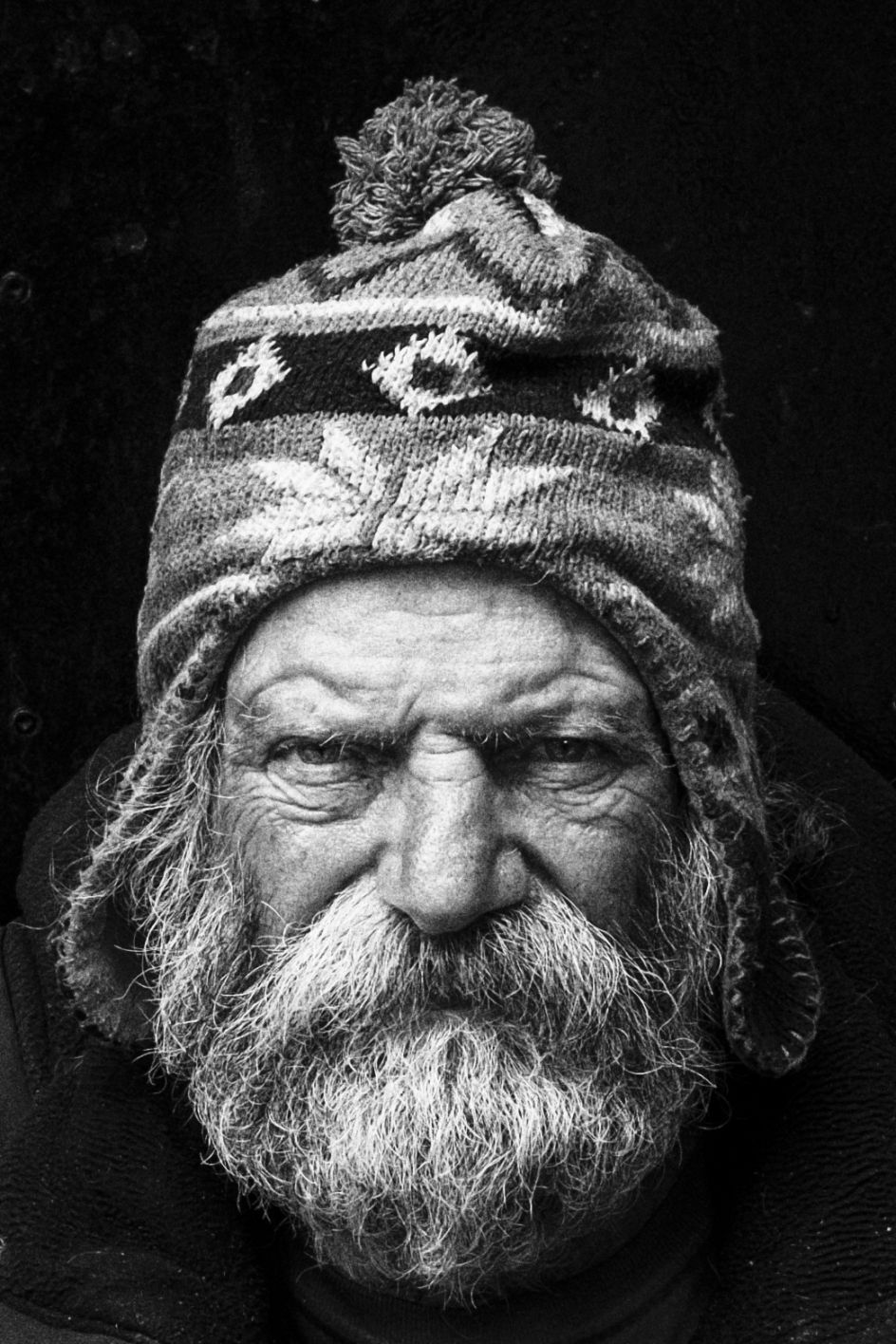
From the series, The Outsiders © Marc Davenant
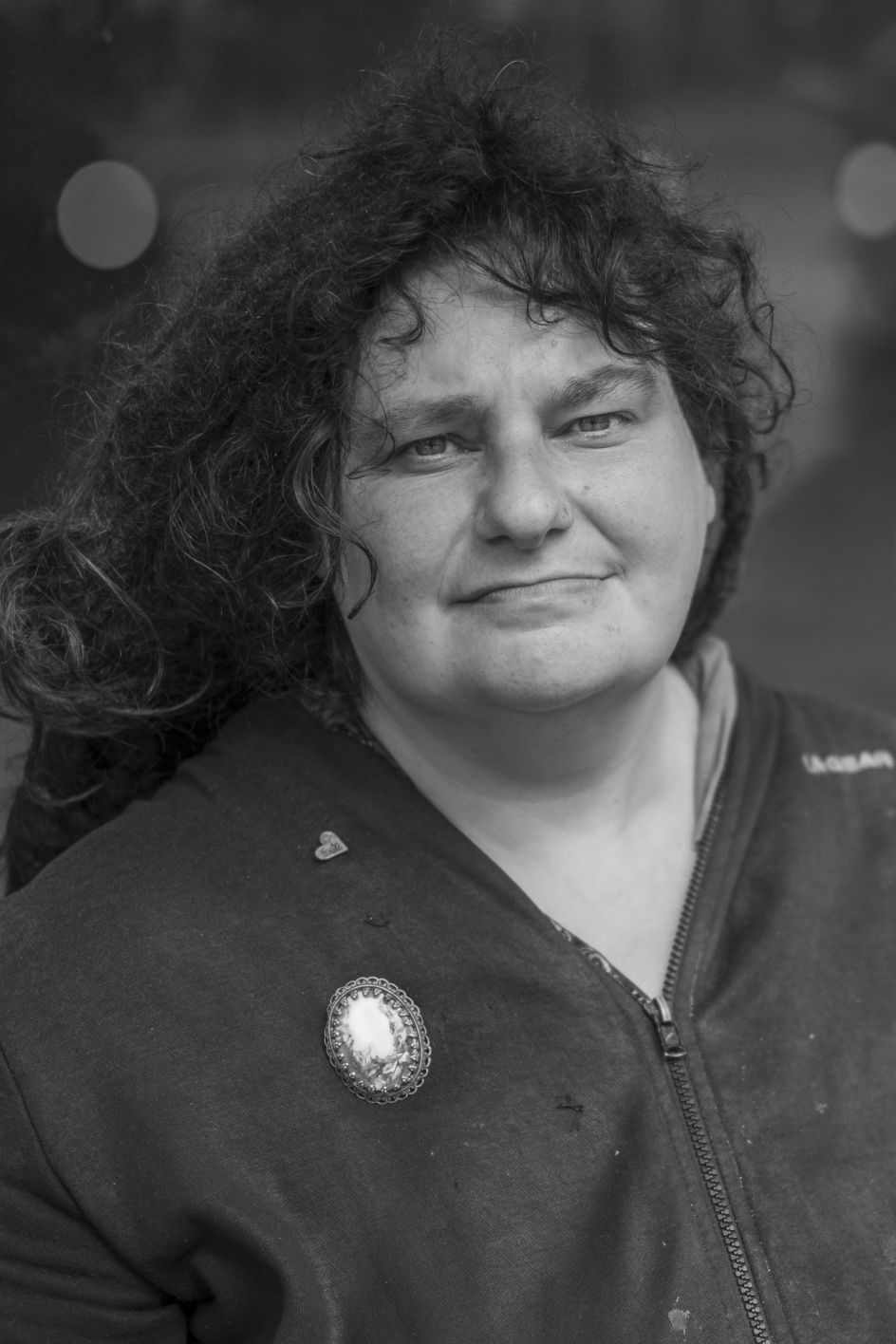
From the series, The Outsiders © Marc Davenant
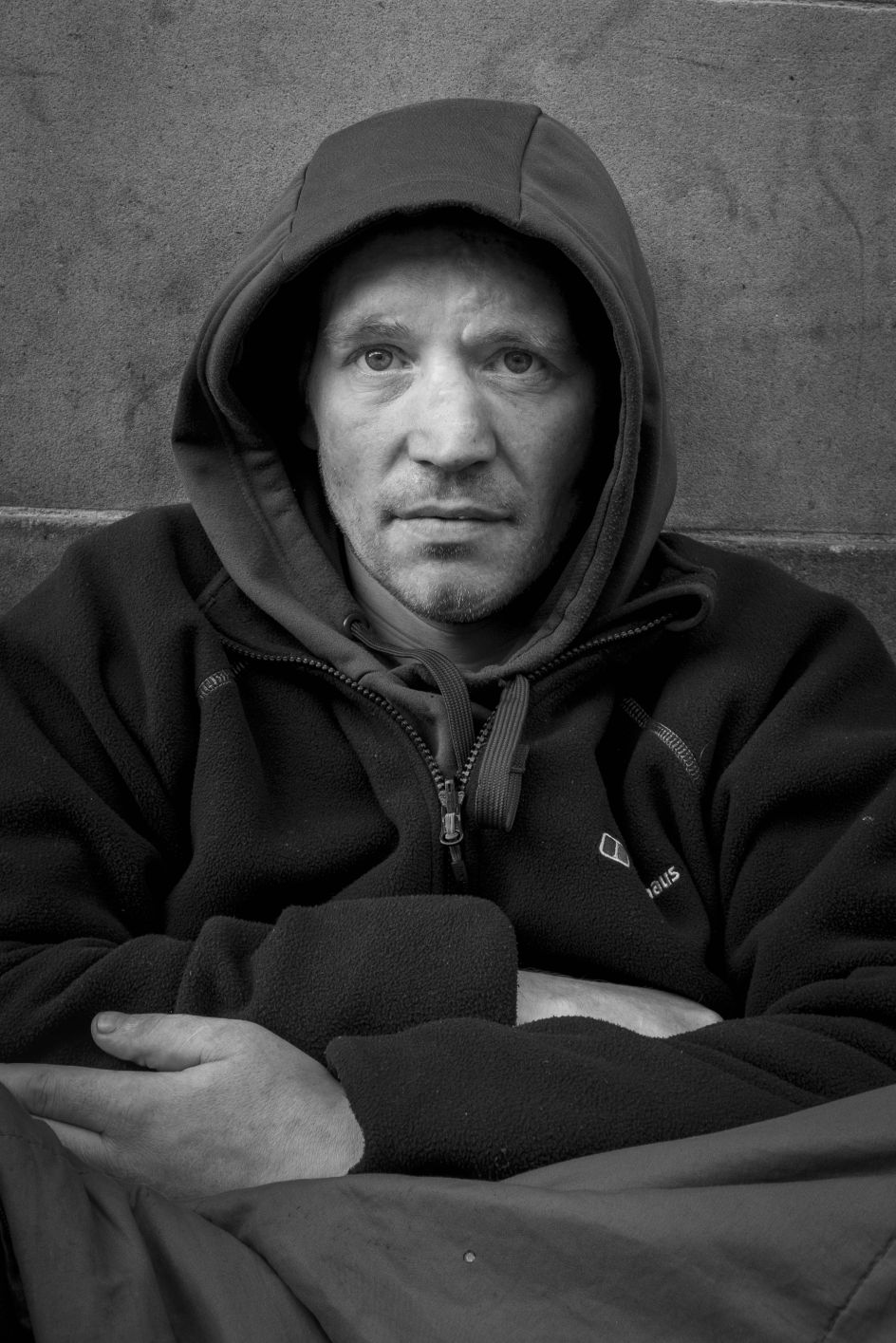
From the series, The Outsiders © Marc Davenant
For him, while the series was a social exploration of the UK's housing situation, interacting with these people reminded him of the innate privilege of photographers – something he was all too aware of. It made him consider his ethics more proactively and how he wanted to approach working with such sensitive experiences.
"I have always said that if you are photographing homeless people on the street without consent, then you are part of the problem, not part of the solution," he says. "Many people experiencing homelessness don't want to be photographed, and I have always respected that. There are many reasons why someone on the street may not want their photograph taken; they may be at risk of domestic violence, have mental health issues, or simply want their privacy respected. When people didn't want to be photographed but wanted to talk, then I left the camera in the bag and listened instead."
All of the participants taken by Devanant gave informed consent.
The project aims to raise public awareness of the issues around homelessness and substandard housing, giving voices to those with lived experience and encouraging the public to interact with anyone they see experiencing homelessness.
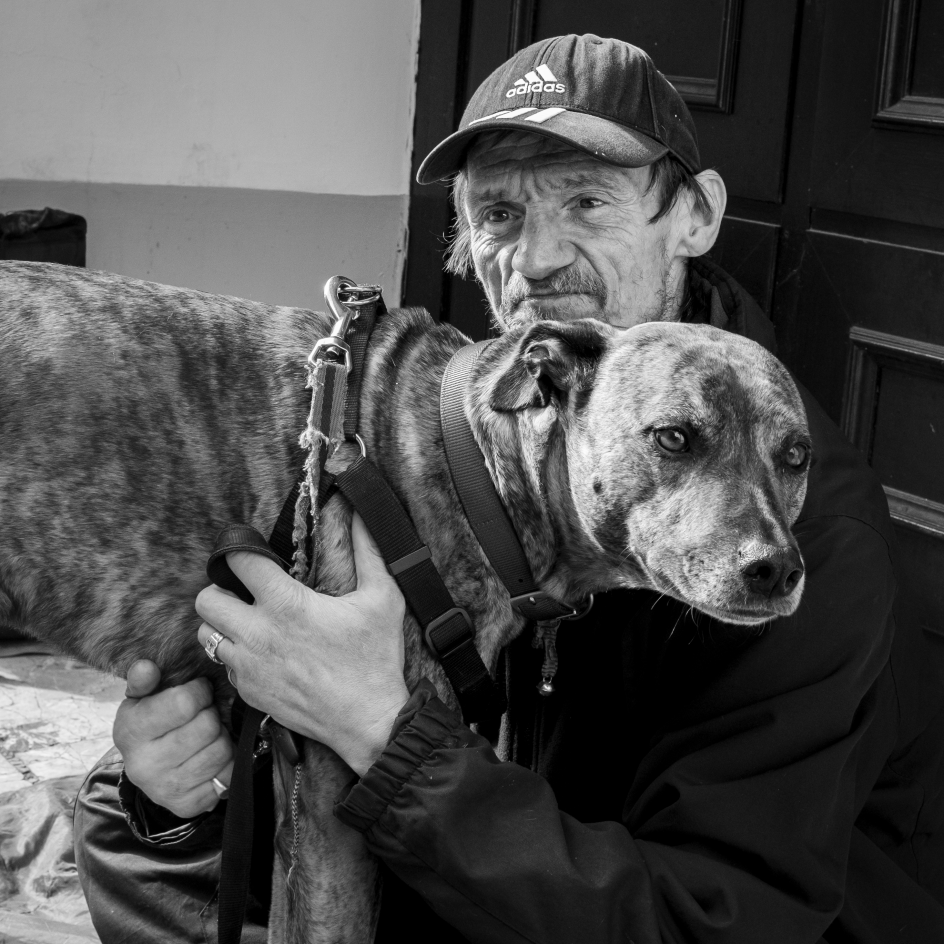
From the series, The Outsiders © Marc Davenant
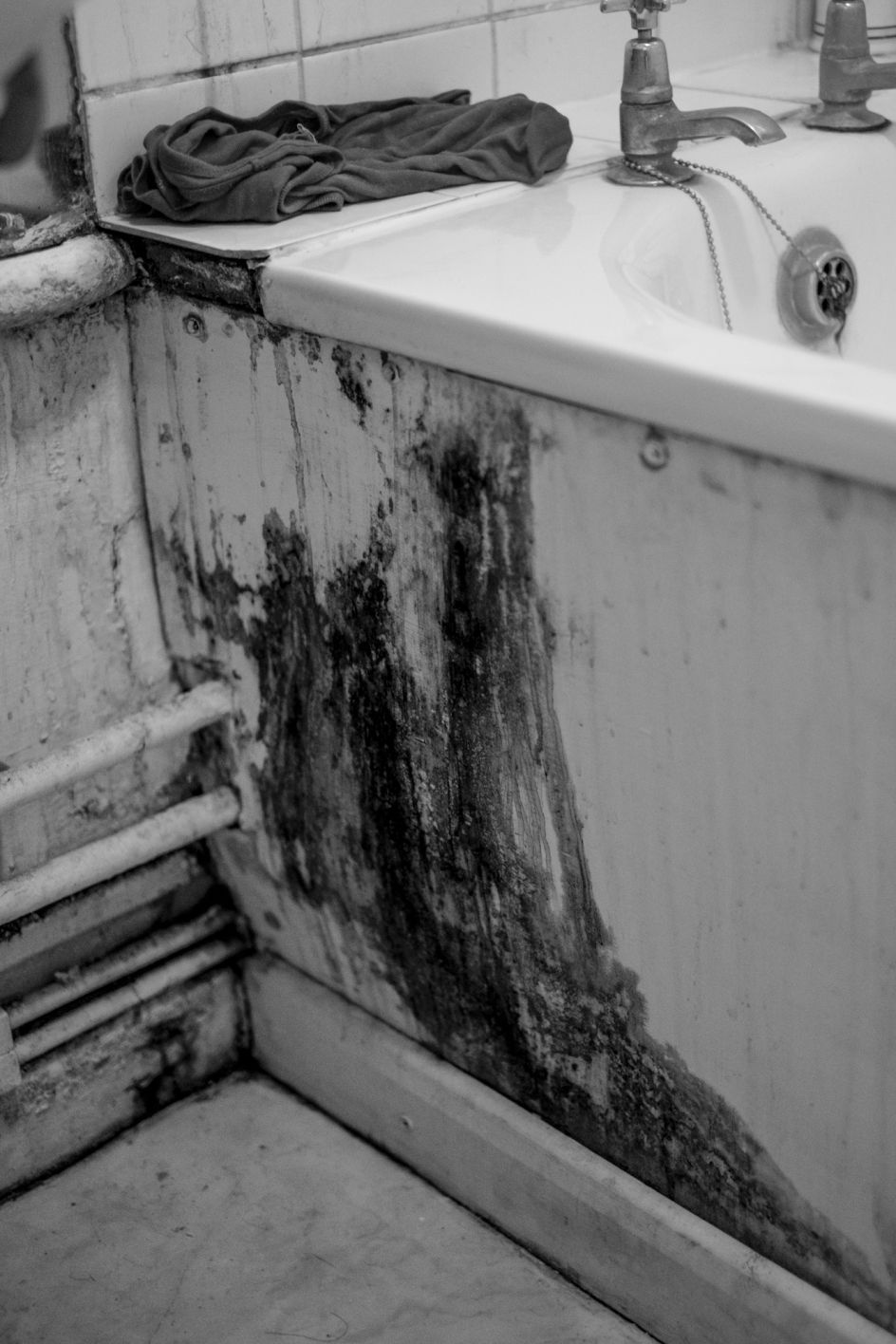
From the series, The Outsiders © Marc Davenant
Unfortunately, Davenant isn't too optimistic about the homelessness crisis being resolved any time soon because it would require large-scale investments to create new social housing programmes, but he hopes that his efforts can remind viewers of the importance of treating people more humanly.
"A little human interaction can make an enormous difference to someone's day in an otherwise bleak existence," says Davenant.
The Outsiders exhibition will tour the UK, allowing audiences to engage with these images and understand the stories behind the pictures. All exhibition dates and venues are available for viewing on Davenant's website here.




 by Tüpokompanii](https://www.creativeboom.com/upload/articles/58/58684538770fb5b428dc1882f7a732f153500153_732.jpg)


 using <a href="https://www.ohnotype.co/fonts/obviously" target="_blank">Obviously</a> by Oh No Type Co., Art Director, Brand & Creative—Spotify](https://www.creativeboom.com/upload/articles/6e/6ed31eddc26fa563f213fc76d6993dab9231ffe4_732.jpg)









